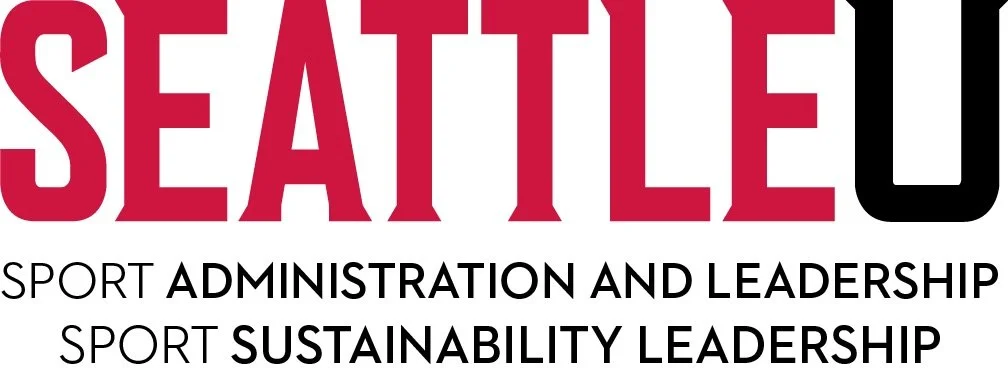Environmental Sustainability and Sport
by: Brian P. McCullough & Galen T. Trail
On October 4, the Pittsburgh Penguins visited the White House as part of their ceremonial press conference and congratulations from the President. Not only did President Obama congratulate the Penguins on their success on the ice, but also praised their success and commitment to environmental sustainability. In fact, the President also declared October 6 as Green Sports Day. This declaration follows the NHL’s collective commitment to environmental sustainability. As Commissioner Bettman notes frequently, without action, global warming will continue and the sport will lose its primary setting to teach and play the game – frozen ponds. The League’s commitment has gone as far as to releasing a sustainability report – notably the first professional league in North America to do so. However, in a recent webinar hosted by the Green Sport Alliance the NHL’s Director for Corporate Social Responsibility noted the importance of educating current and future professionals to be able to address the environmental sustainability issues that the sport industry faces and will continue to face as time progresses.
Like the NHL, other sport organizations and events have begun to advance their sustainability initiatives by deepening their commitments to reducing their impact on the natural environment. Michael Pfahl (Ohio University), Sheila Nguyen (Sport Environmental Association, formerly at Deakin University – Australia), and I wrote a piece conceptualizing the ebbs and flows in the waves of environmental sustainability within the sport industry. As sport organizations deepen their commitments, the sophistication of their environmental sustainability initiatives and campaigns dramatically increase. We have been fortunate to assist several sport entities in their sustainability efforts. In particular, we have explored fan and participant consumer segments to better design effective sustainability campaign messages.
From our initial work and conversations, it is obvious that sport professionals do not have the appropriate amount of time to dedicate to their organization’s environmental sustainability initiatives. It seems then that sport managers are not able to handle the multitude of components and time to coordinate well-executed sustainability campaigns. Some sport professionals, it would seem, are learning as they go rather than being more intentional about their campaigns. As a result, there is a need for knowledgeable professionals to be able to evaluate, design, and implement, a strategic plan to reduce their organization’s impact on the natural environment. The sport management academy needs to respond to this demand with fluid classes and curriculum that continually discuss the impact of all aspects of environmental sustainability
At Seattle University, we are working to fulfill this responsibility within the sport industry to meet the needs of the natural environment in practical ways. We launched the first comprehensive curriculum by creating the 100% online and standalone Sport Sustainability Leadership certificate. The program uses theoretical frameworks as a foundation to teach our students how to be on the leading edge to make the business case for implementing environmental sustainability into all aspects of the operation of a sport organization. The dynamic online environment and design of the courses allows working professionals to network with other student globally, which brings in perspectives that are not commonly shared in traditional face-to-face programs.
Our students have already contributed to the industry through their course work and final projects. For example, one has worked with the Olympic Club (San Francisco, CA) to create their first sustainability report to be released soon. Additionally, this student worked with the Super Bowl 50 Planning Committee to compile their sustainability report following the week long festivities in San Francisco to the LEED Gold Certified Levi Stadium in Santa Clara, CA. Recently she has started her own sport environmental sustainability company, Impact360 Sports.
Additionally, another student has been working with the Los Angeles Football Club (MLS), a 2018 expansion team, with their sustainability strategic plan as the organization grows and plans its facility. He has worked to maximize the organization’s LEED certification classification and develop other procurement procedures to ensure the team is zero-waste from day one. Lastly, he is also helping the team reduce their water and energy consumption, which comes as a financial premium in drought parched and energy starved Southern California.
Now is the time for the sport management academy to respond and meet the current and future needs of the industry and our practitioner colleagues by encouraging curriculum and research focused on the emerging questions as the industry seeks to be more environmentally responsible. Seattle University’s SSL program has taken the global lead in doing such.



